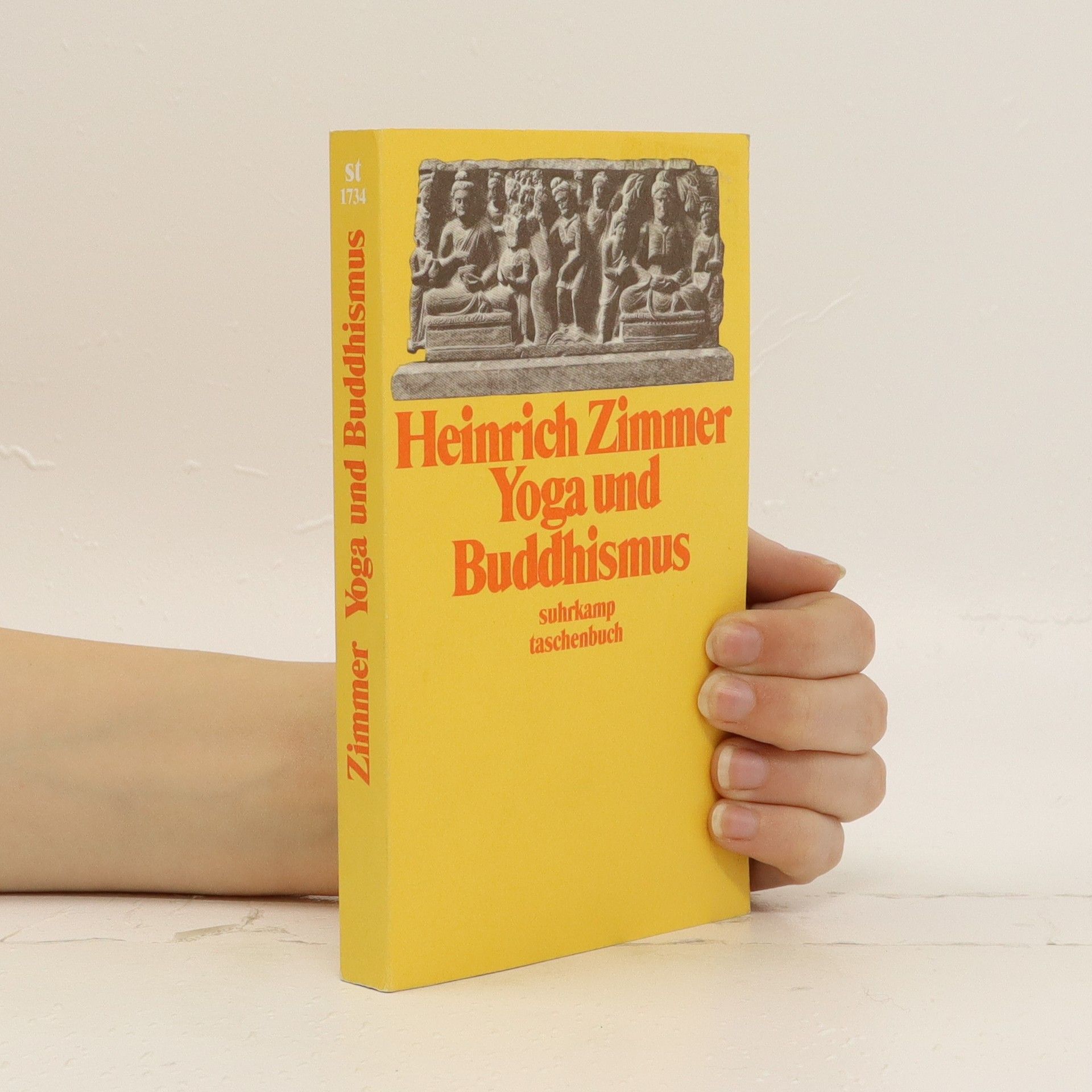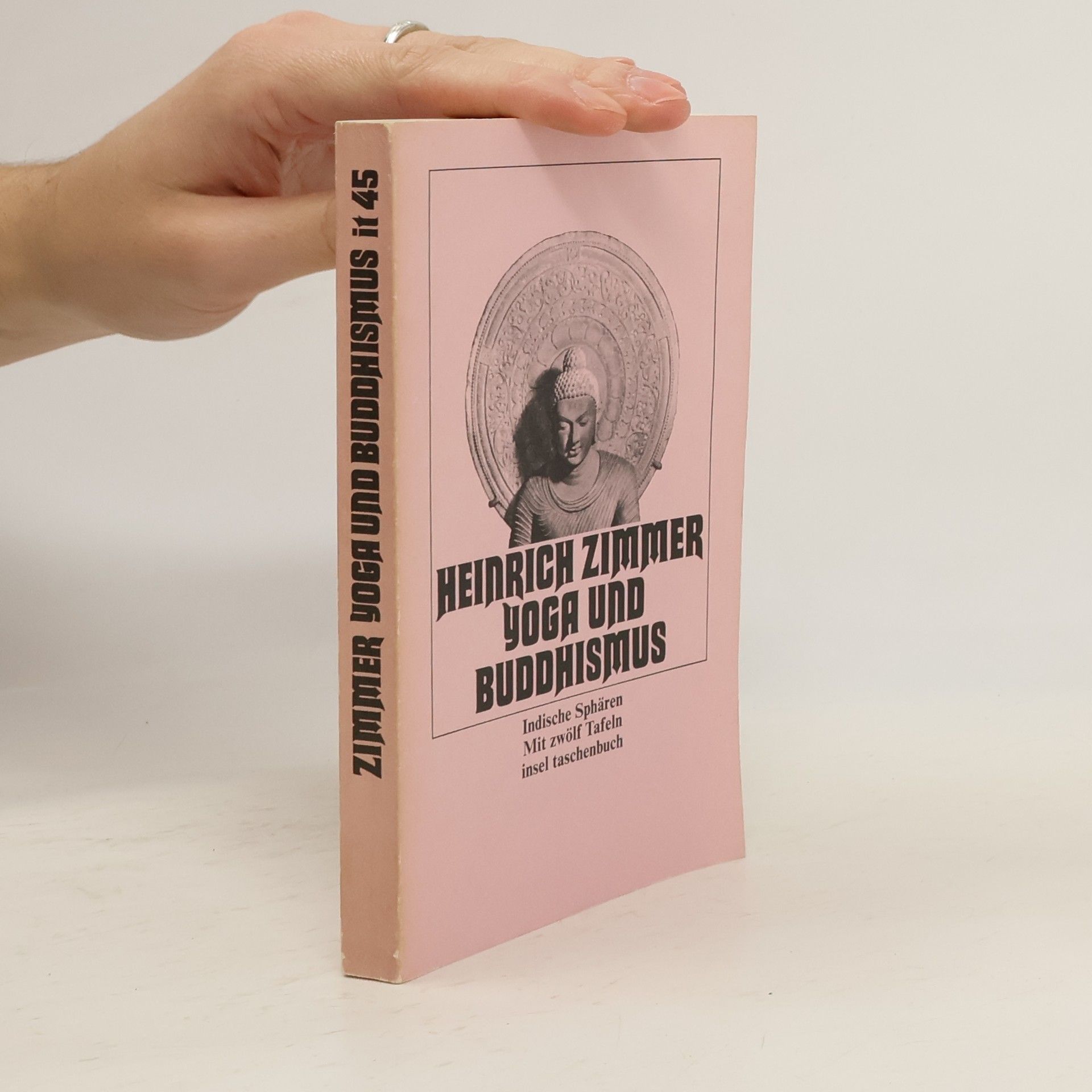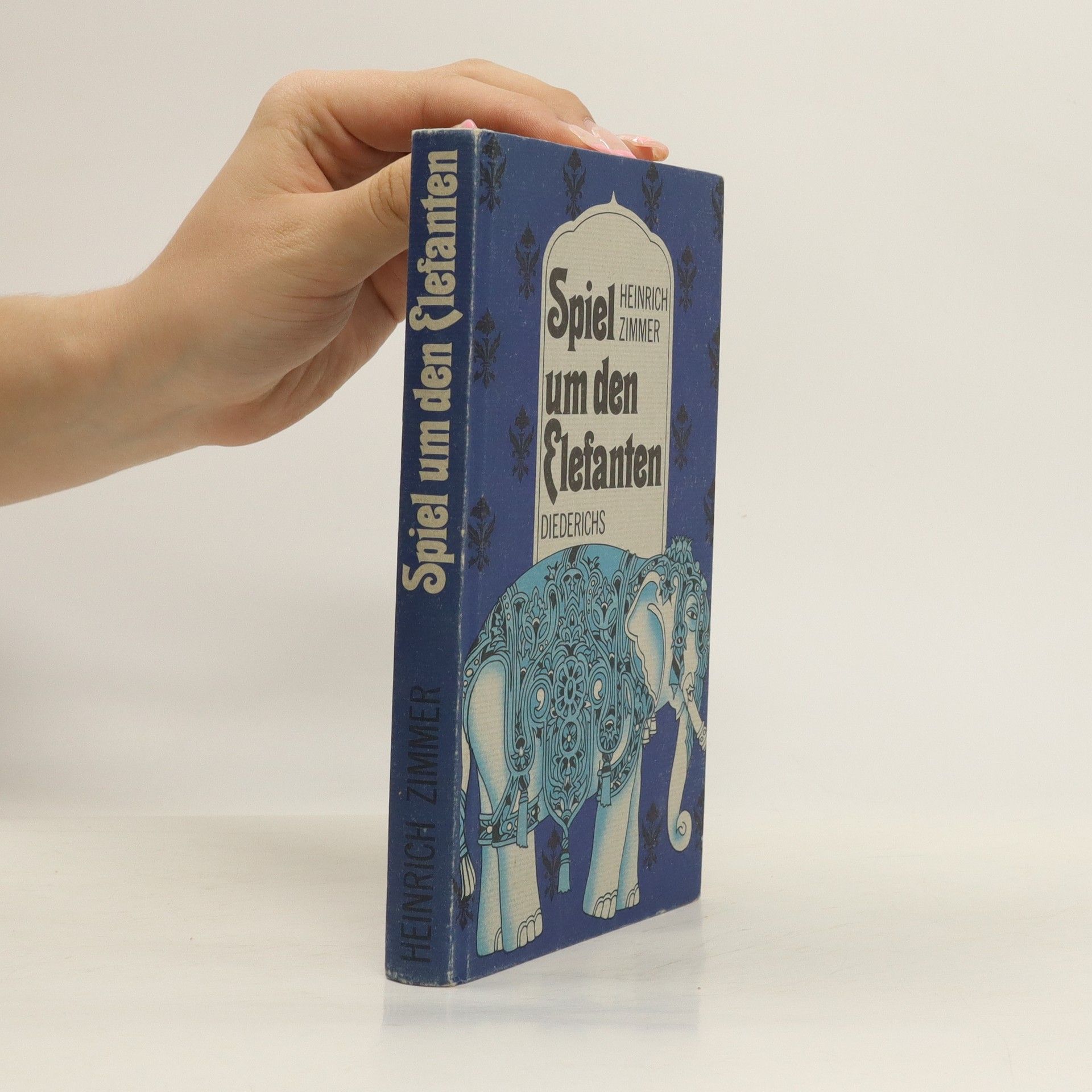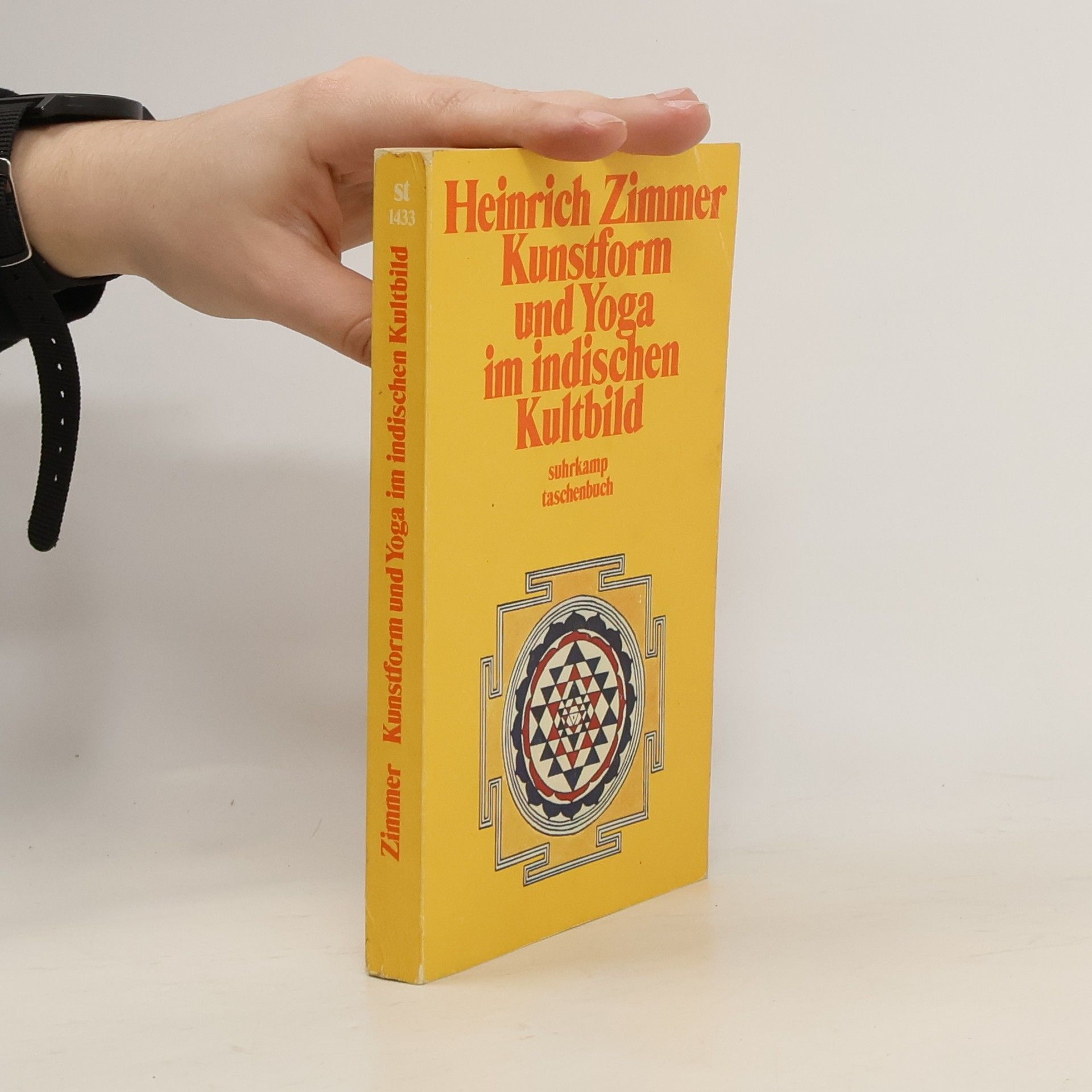The book presents C. G. Jung's 1933 seminar on yoga's symbolism and its relevance to dream analysis, held during a politically charged time in Germany. It features insights from Indologist Heinrich Zimmer and explores Jung's engagement with Hindu traditions, particularly Tantric yoga. Jung examines a patient's dreams, emphasizing mandalas and their connection to various symbolic motifs, including alchemy and labyrinths. With an introduction by Giovanni Sorge, it highlights Jung's evolving understanding of Eastern thought and the individuation process during a pivotal period in his career.
Heinrich Zimmer Book order
Heinrich Zimmer was a prominent Indologist and historian of South Asian art, renowned for his innovative approach to interpreting religious imagery. Rather than relying on traditional methods, Zimmer examined art through its sacred significance and its capacity for psychic transformation. His profound knowledge of Hindu mythology and philosophy, particularly Puranic and Tantric works, granted him unique insights into the essence of art. This distinctive perspective, which linked Indian philosophy and religious history to art and psychology, significantly contributed to popularizing South Asian art in the West.

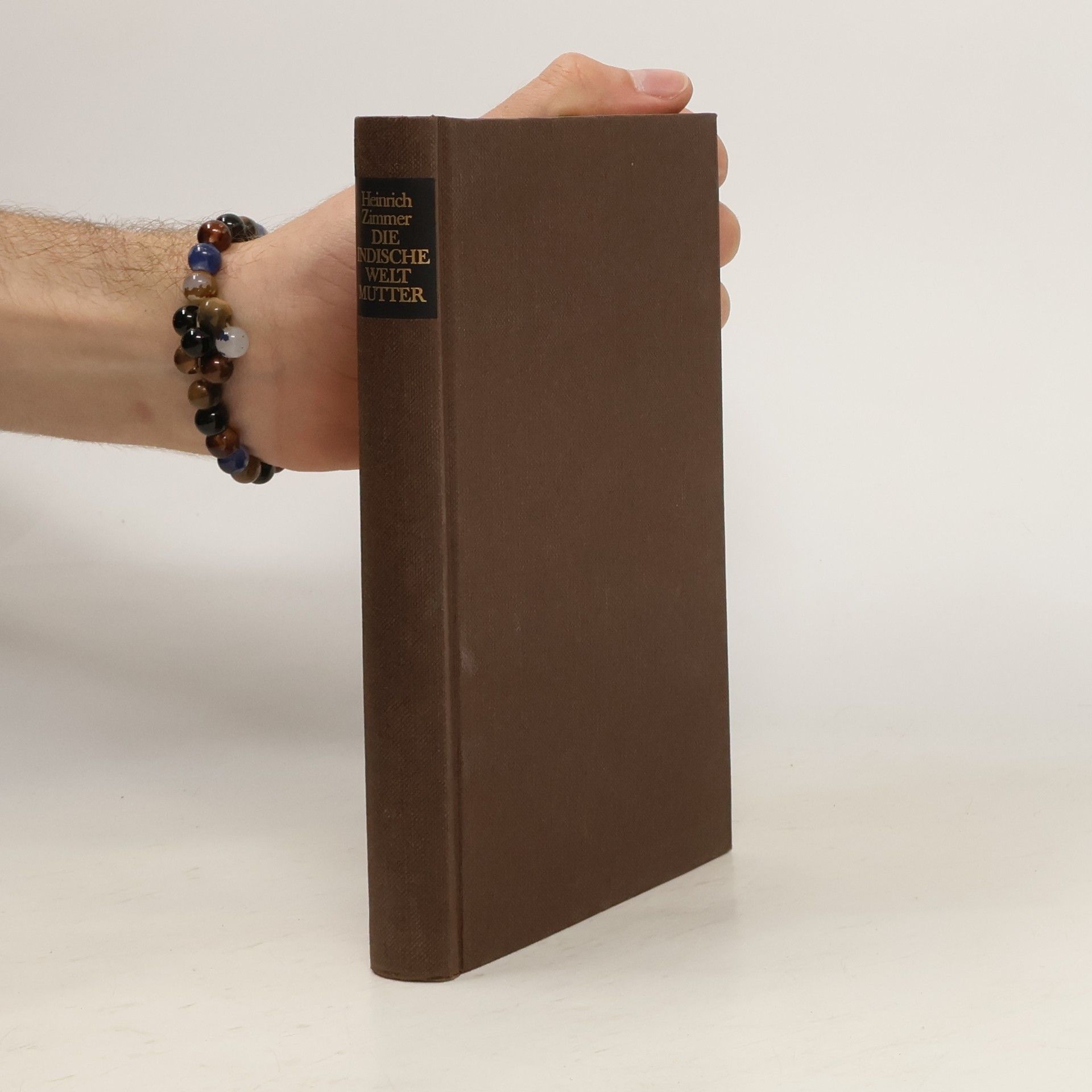


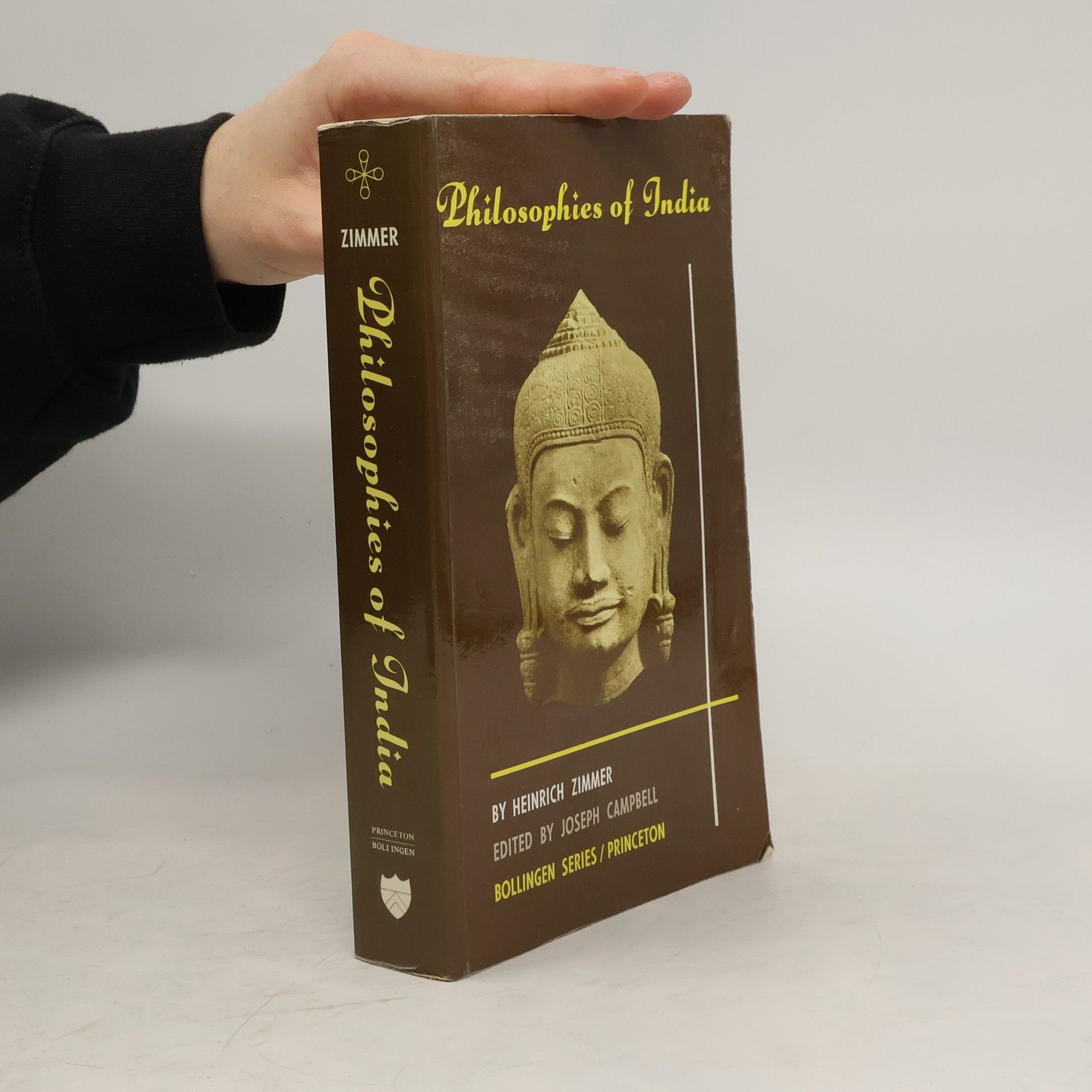

- 2025
- 2017
Myths and Symbols in Indian Art and Civilization
- 264 pages
- 10 hours of reading
Zimmer moves among [the myths of India] unhurriedly, with a respect that amounts to devotion. Gradually his comments bring to light the universal meanings beneath the archaic exterior.--New York Times
- 1995
Übertragen und herausgegeben von Heinrich Zimmer, mit einer Vorwort von Friedrich Wilhelm. Das Buch umfasst 177 Seiten.
- 1990
Bei diesem Werk handelt es sich um eine urheberrechtsfreie Ausgabe. Der Kauf dieser Kindle-Edition beinhaltet die kostenlose, drahtlose Lieferung auf Ihren Kindle oder Ihre Kindle-Apps.
- 1982
- 1974
Der Weg zum Selbst
- 223 pages
- 8 hours of reading
Ramana Maharshi (1879-1950) gilt als einer der größten Advaita-Lehrer aller Zeiten. Er lehrte Selbstergründung (atma-vichara). Bereits im Alter von 17 Jahren verwirklichte er das Selbst und lebte fortan am Berg Arunachala in Südindien, wo ihn Menschen aus allen Kulturen und Erdteilen besuchten. Einige lebten bei ihm und viele sahen in ihm ihren Sat-Guru. Dieses Buch ist die erste Biografie über Ramana Maharshi im deutschen Sprachraum und das letzte Werk des bedeutenden Indologen Heinrich Zimmer. C.G. Jung hat es 1944, ein Jahr nach Zimmers Tod, herausgebracht. Die Neuauflage entspricht der Erstauflage und enthält u.a. einen ausführlichen Artikel von C.G. Jung über den großen Heiligen vom Berg Arunachala.

